
Eitan woke up early that morning to drive to Black Sand Beach or Reynisfjara, while the rest of the family slept a bit more.
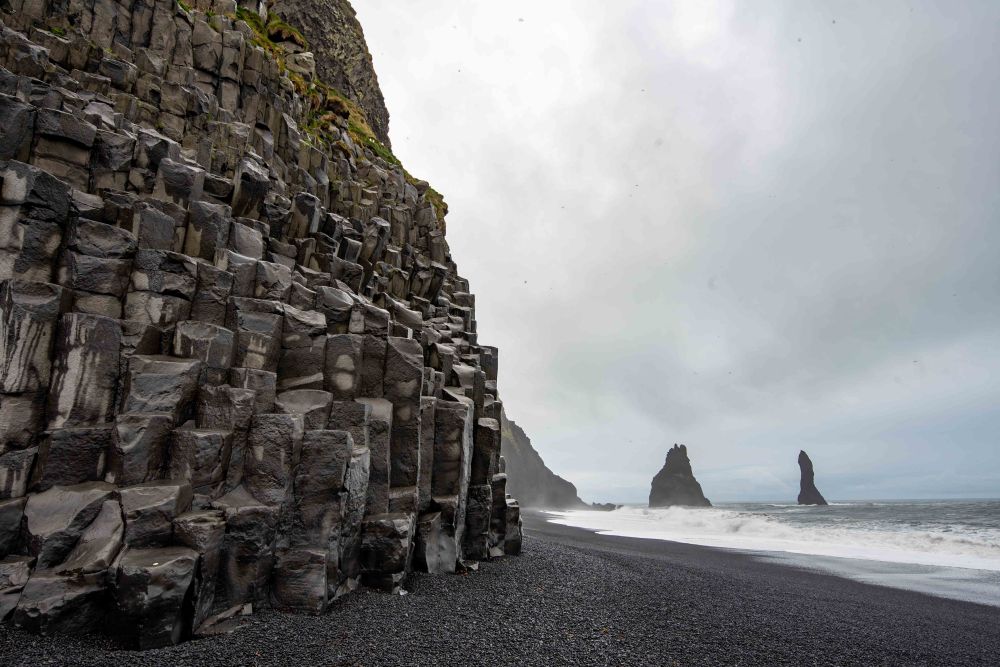
Reynisfjara is not the only black-sanded beach in Iceland, but it is probably the most iconic. As an island simmering with volcanic activity, some of Iceland’s beaches have black sand because the sand is ground down from black volcanic rock formed when lava cools and solidifies. In the case of Reynisfjara, the famous Katla volcano erupted centuries ago and, when the molten hot lava clashed with the freezing cold North Atlantic Sea, black rock was formed and eventually eroded away into the shimmering sand you see today. The result is beautiful black sand stretching for miles of coastline.
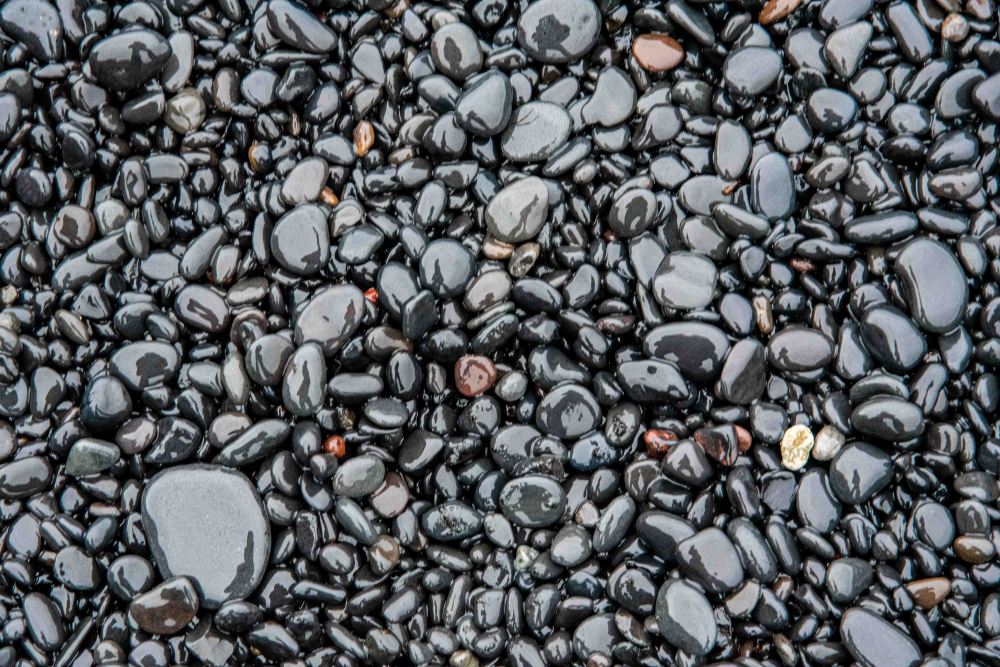
Apart from the black sand and towering sea stacks, the other geological phenomena that attract visitors to Reynisfjara Beach are the basalt columns. The twisting hexagonal shapes look impossible and like they must be man-made, but they are actually formed by cooled lava, just like the black sand.

Not that I was planning on swimming here, but there was a sign reminding everyone that is a high likelihood of death trying to swim here.

The beach has a definite other-worldly vibe, used in Sci-Fi and Fantasy series and films to represent distant planets and fantastical realms. It has appeared in Game of Thrones, Vikings, Rogue One: A Star Wars Story, Star Trek: Into Darkness and Noah.
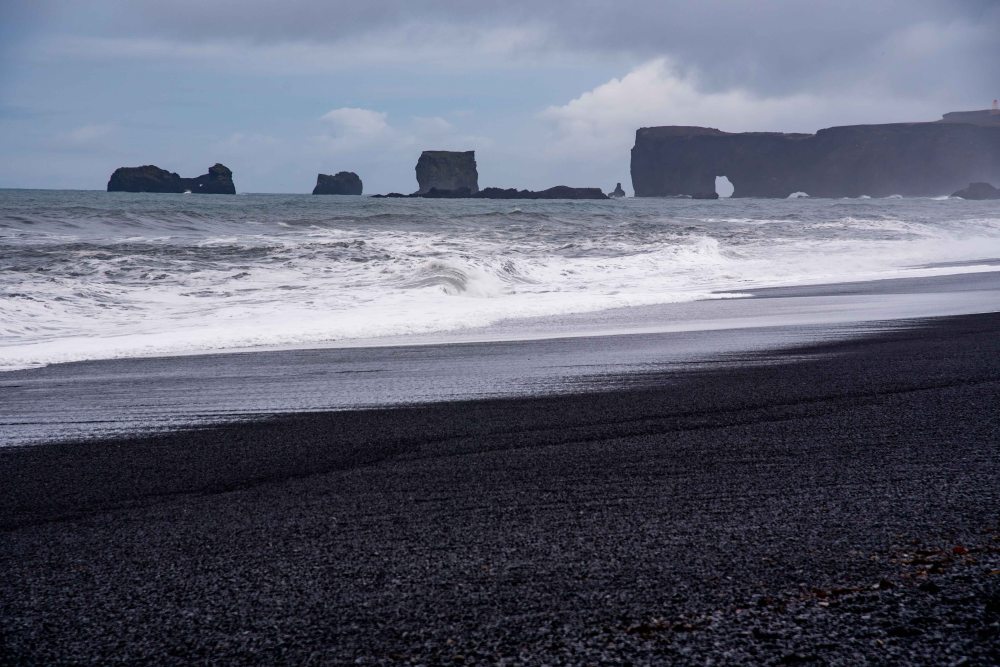
Sea birds nest here, I was able to spot a few famous icelandic puffins!
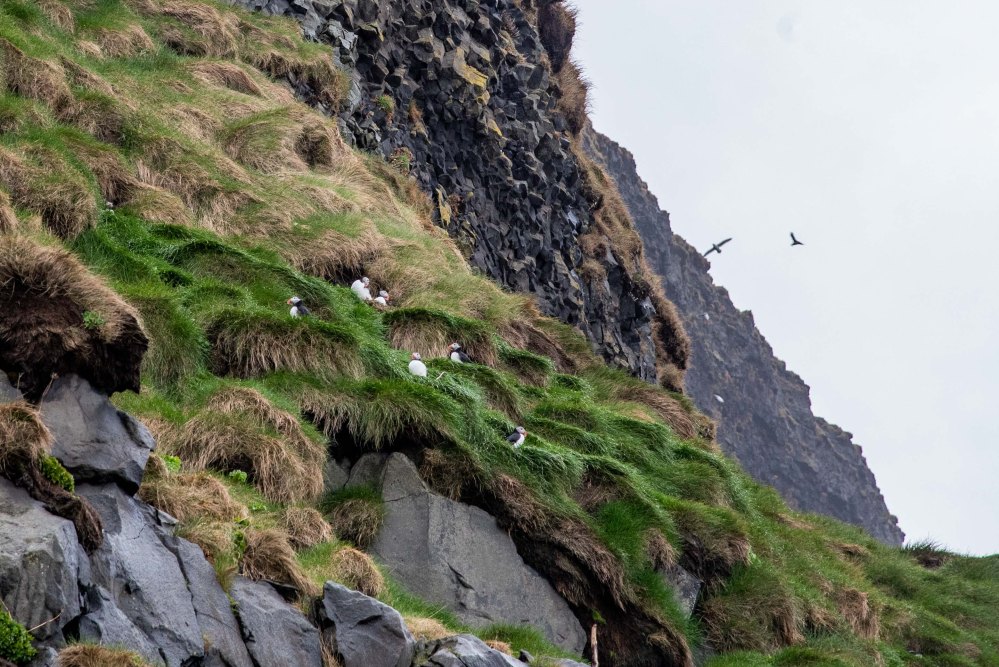
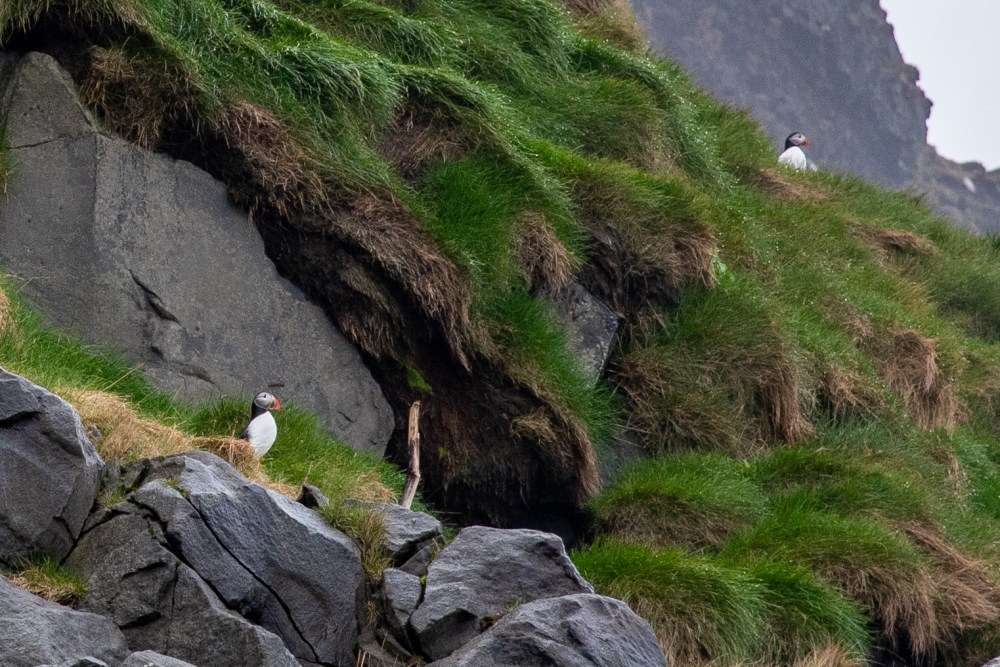
After Eitan’s return and an early breakfast at the hotel, we headed east towards the town of Hofn, we would be stopping at several beautiful sights along the way.
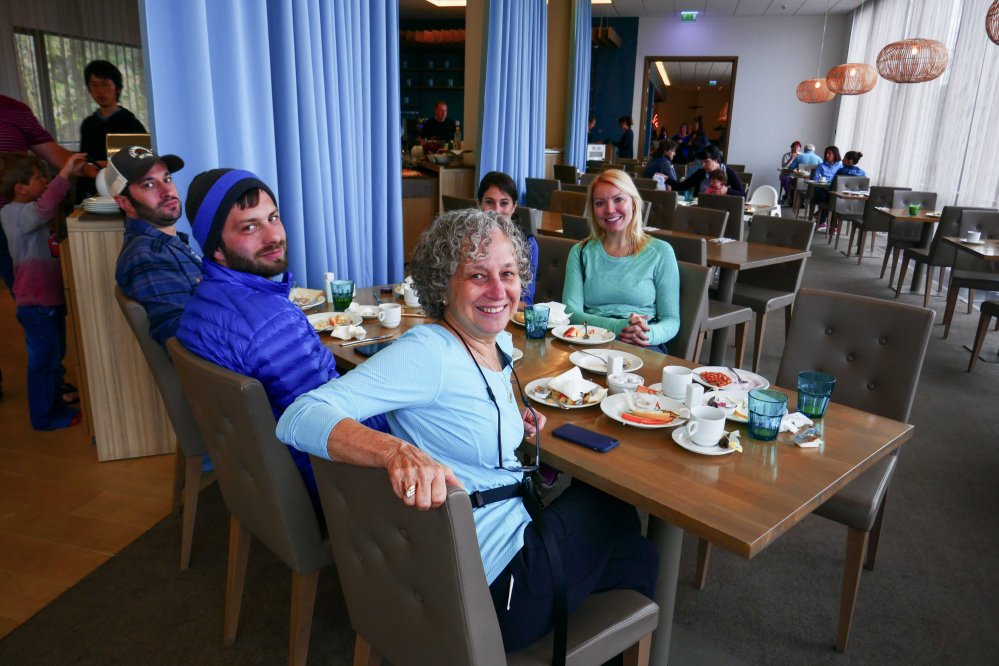
We started our several-hour drive by passing through some incredible scenery.
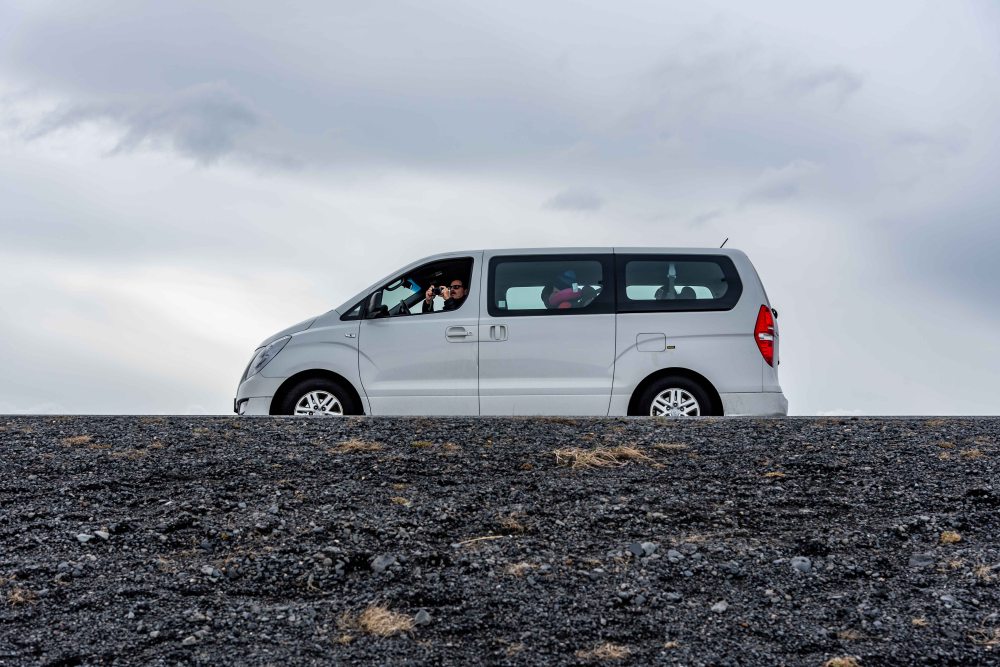
Between 30 and 40% of Icelanders will not deny the existence of elves. Icelandic folklore is still rich with stories about the Huldufólk, meaning “hidden people”, who are said to live in the lava fields.
When constructions take place in certain lava fields of the country, there is even a special spokesperson for the elves.
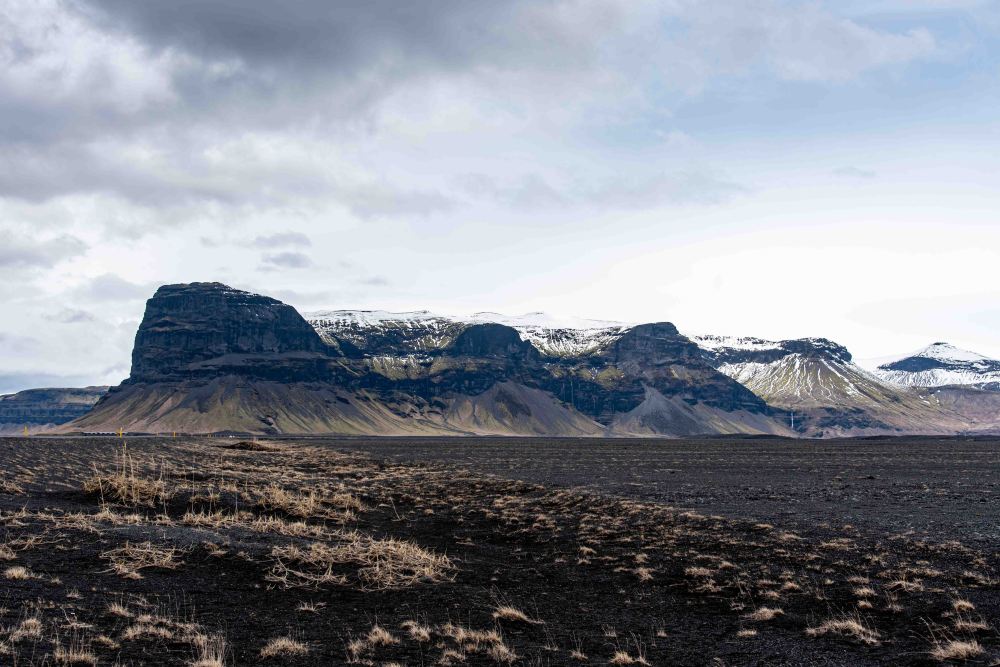
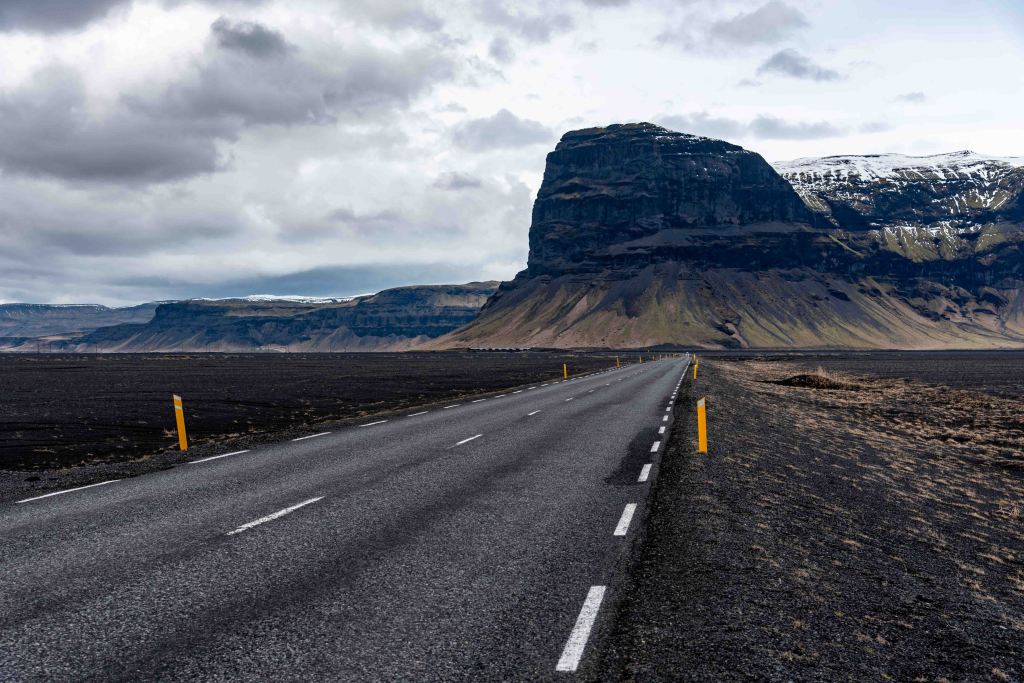
We stopped in a few spots for photos and to touch the sand.
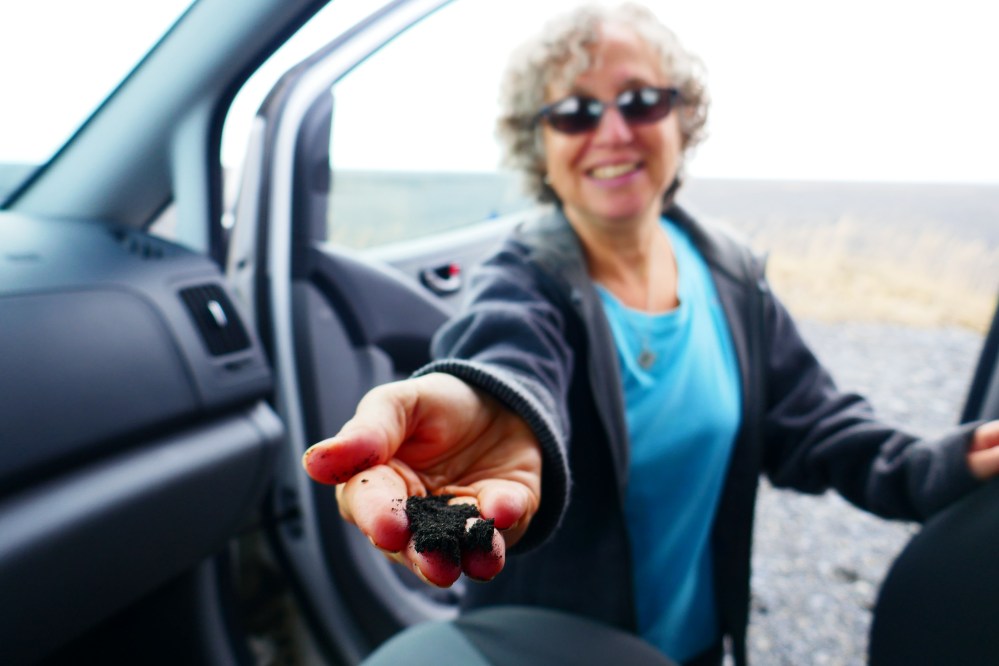
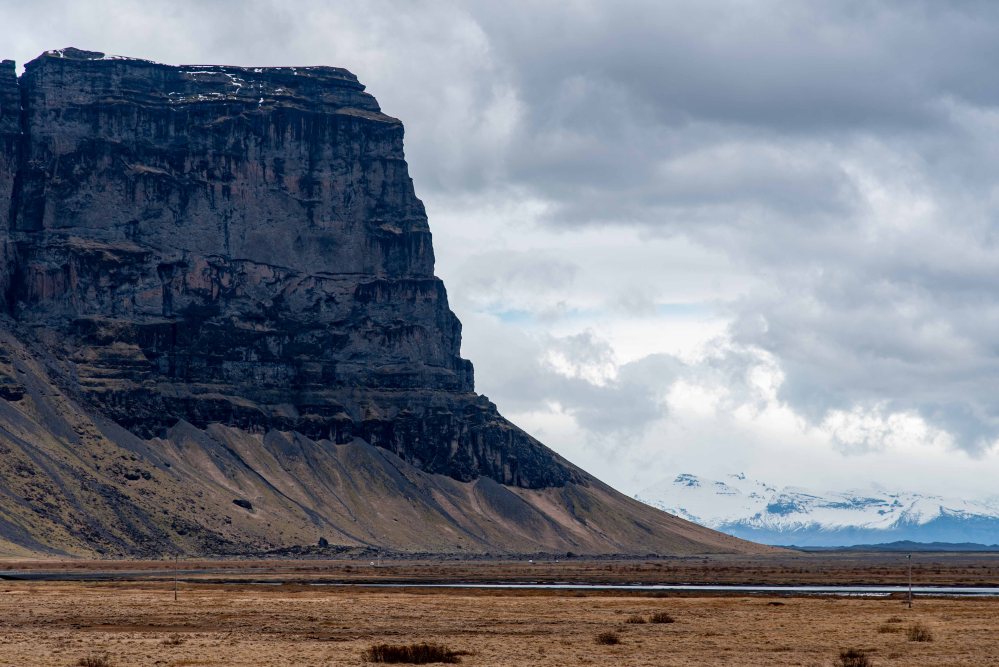
The scenery started to get less black and more green as we kept driving.

There were waterfalls every few minutes right along the highway. There are more than 10,000 waterfalls in Iceland.

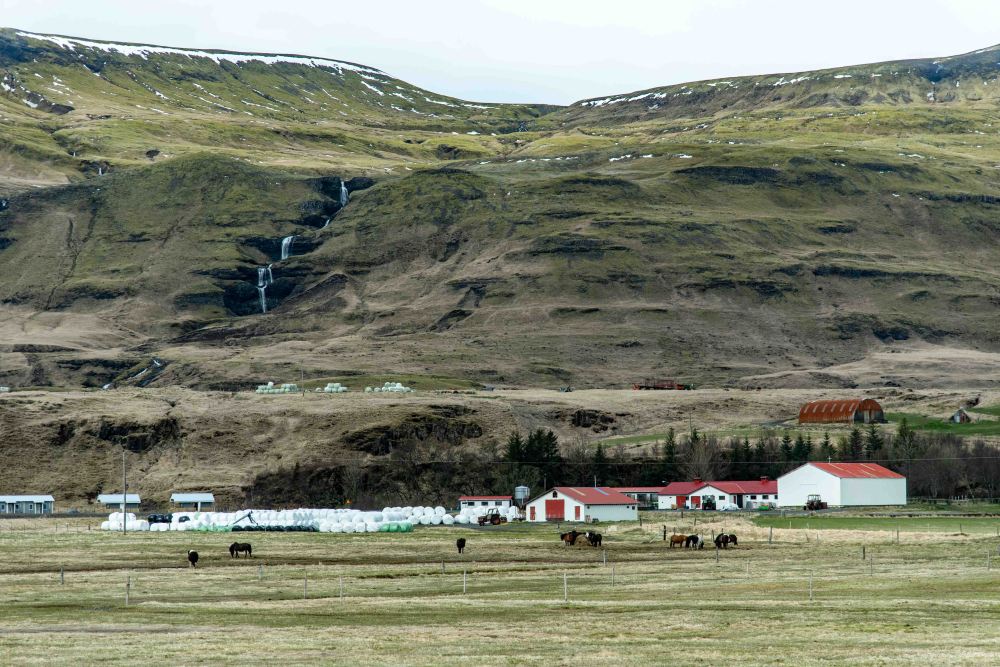
We quickly stopped at the town of Kirkjubæjarklaustur (should I even bother with the names anymore or should I just call it Icelandic town #3?)
The Sisters’ Falls is a beautiful waterfall right in the middle of the village. The Icelandic word systur refers to the nuns who lived in the convent at Kirkjubæjarklaustur.
The Sisters’ Falls is special in that there are two equal waterfalls side by side, almost falling like two white rivers down the mountain slope.

No words.
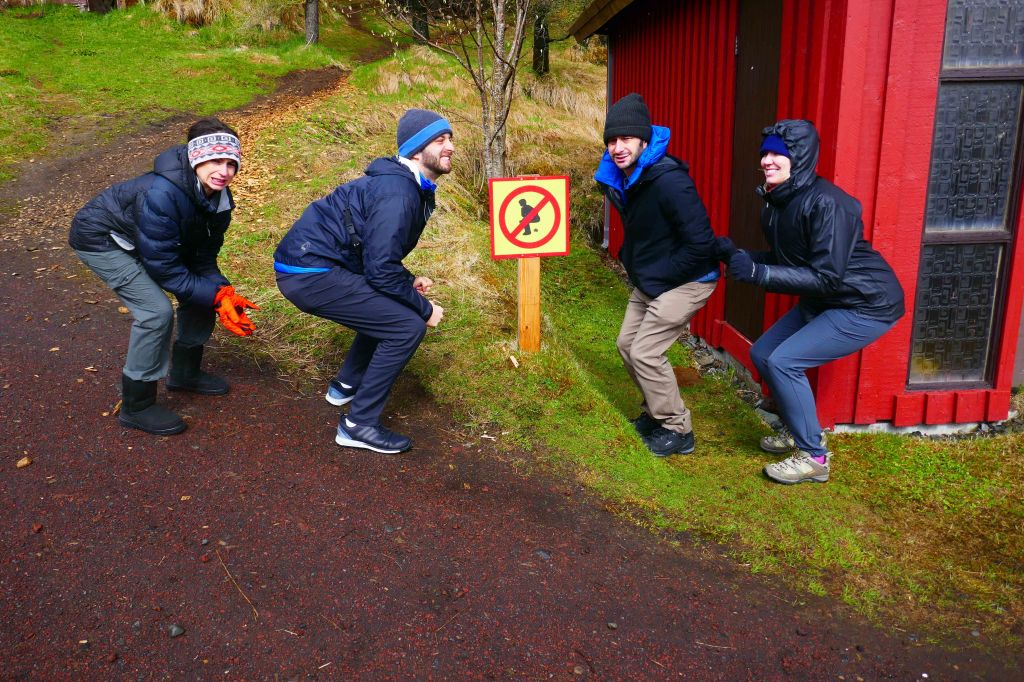
We stopped along the way to this beautiful area covered in moss. There are many areas like this around Iceland, the most famous called Eldhraun.
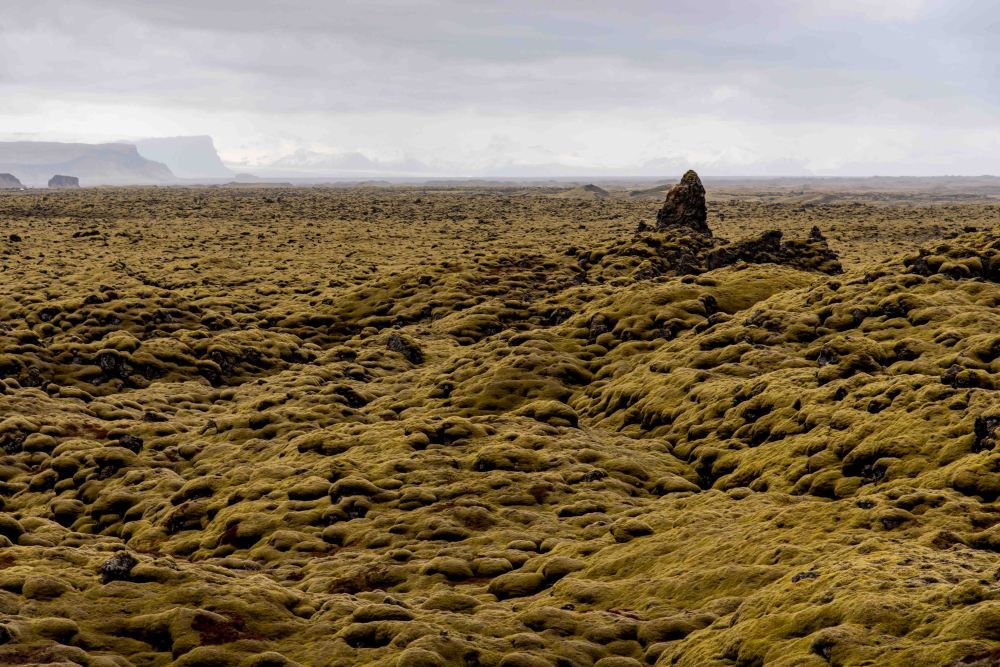
The moss that grows in Iceland forms part of a fragile ecosystem. There are over 600 different types of moss growing in Iceland and many can survive the sub-zero temperatures that are common in the winter months and thrive in the cool damp conditions.

Might have been a little windy!
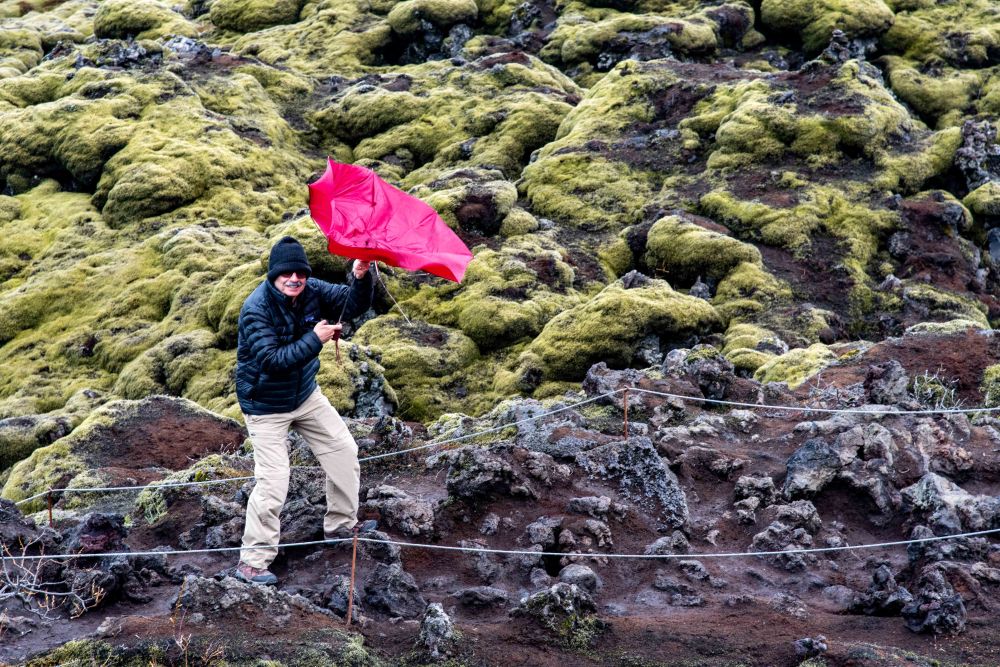
Our next stop was the Diamond beach. This beach is a strip of black sand belonging to the greater Breiðamerkursandur glacial plain, located by Jökulsárlón glacier lagoon on the South Coast of Iceland.

Eitan took the opportunity to propose to Sarah with a Diamond iceberg.

At the Diamond Beach, the icebergs which fill the Jökulsárlón glacier lagoon wash up on shore, creating a stark contrast with the volcanic black sand.

The icebergs on the Diamond Beach come from the nearby Jökulsárlón glacier lagoon, where chunks of ice break off from the glacier and float out to sea. The icebergs eventually wash up on the shore, where they are sculpted by the waves and tides.
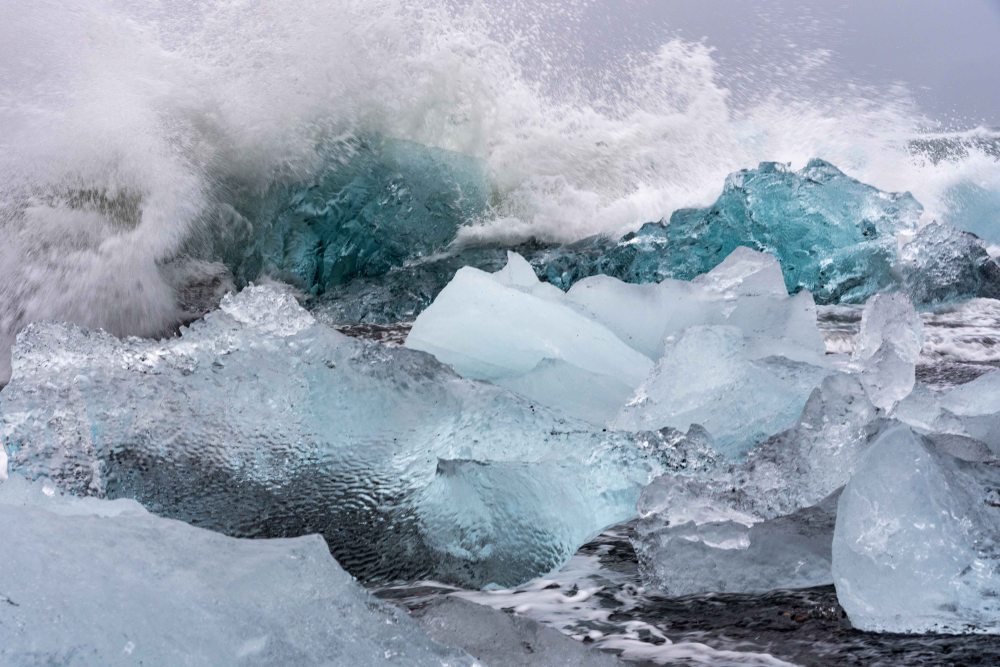
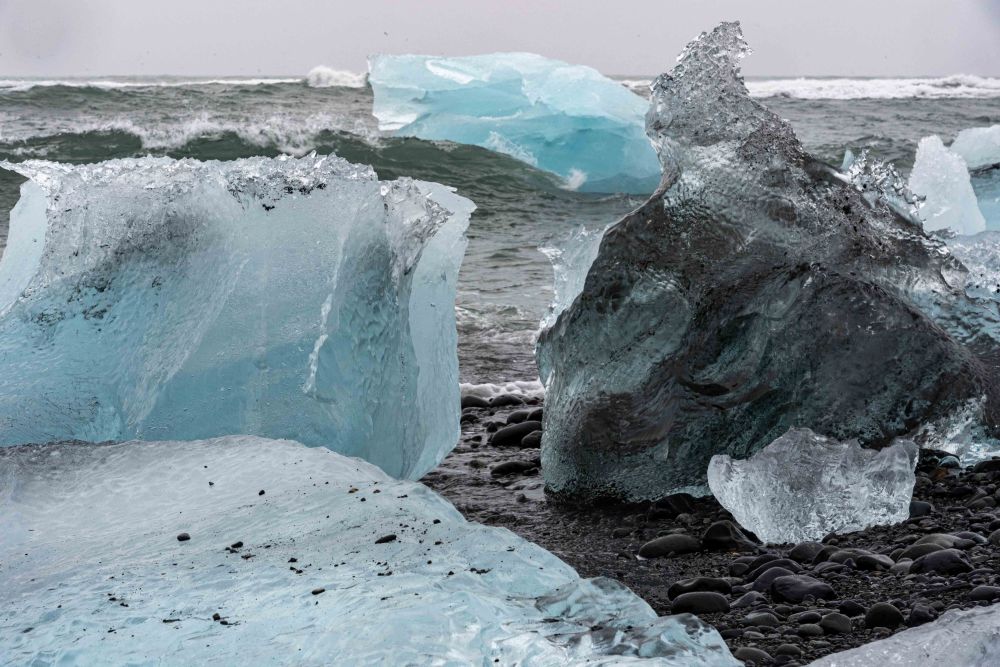
The Diamond Beach is a safe place for any responsible traveler; unlike Reynisfjara, the South Coast black sand beach Eitan previously visited, sneaker waves and rip currents are not notorious for whisking unwitting tourists out to sea. However, there are still dangers to consider. But don’t get too distracted taking photos, or some sneaker waves will catch you!
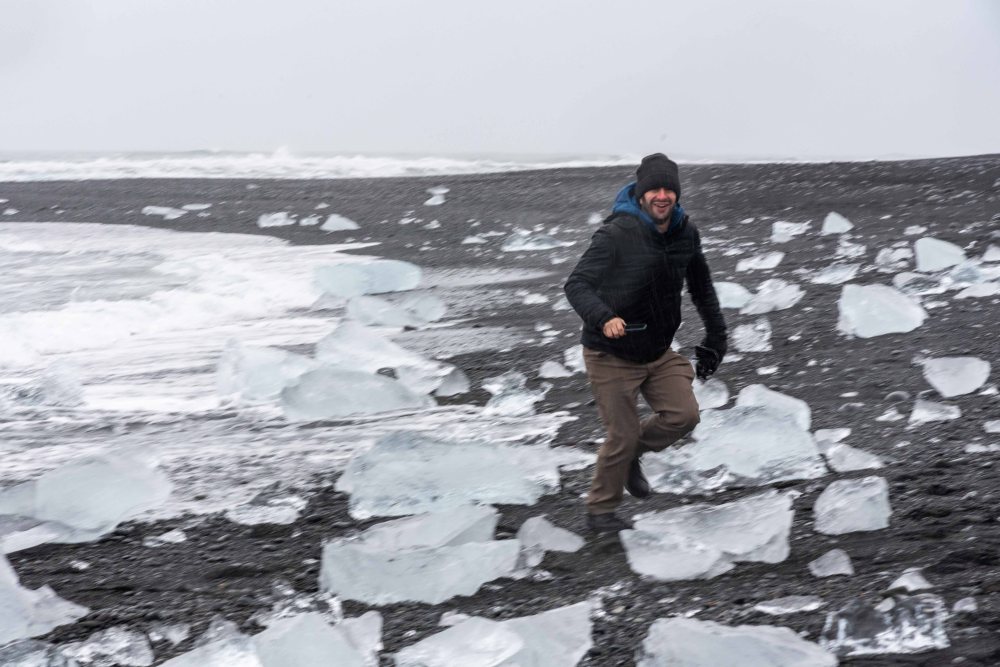
Nearby and a few minutes drive there is the Jokulsarlon lagoon, which by the way, it was not exciting enough for the family to warrant exiting the car. What a shame!!!! But to their credit it was very cold and rainy out, but nothing that deters Eitan’s FOMO.
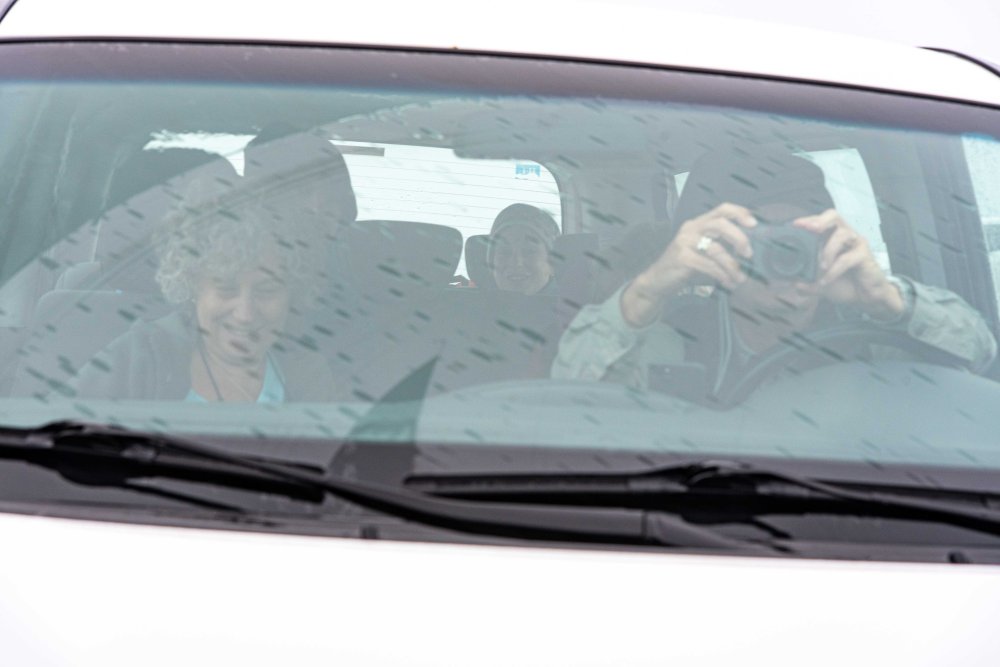
You can choose to do a boat ride here in the lagoon, but they are expensive (like anything in Iceland) and the weather was less than optimal, so we skipped them this time.
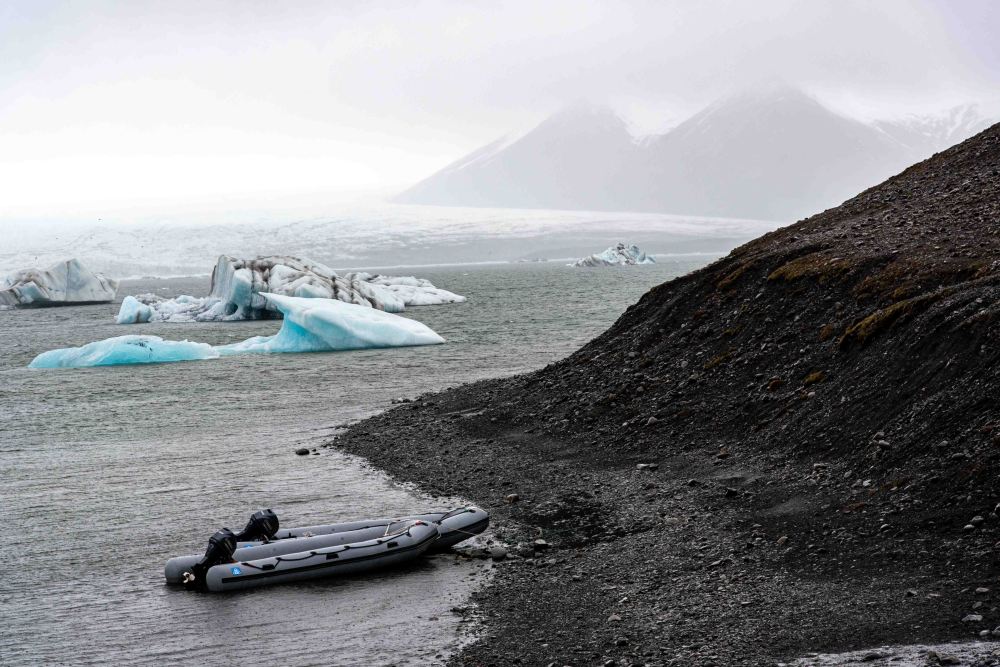
With a maximum depth of 814 feet (248 meters), Jokulsarlon is Iceland’s deepest lake. The lagoon connects with the ocean and is composed of seawater and freshwater. This is what creates the unique color.
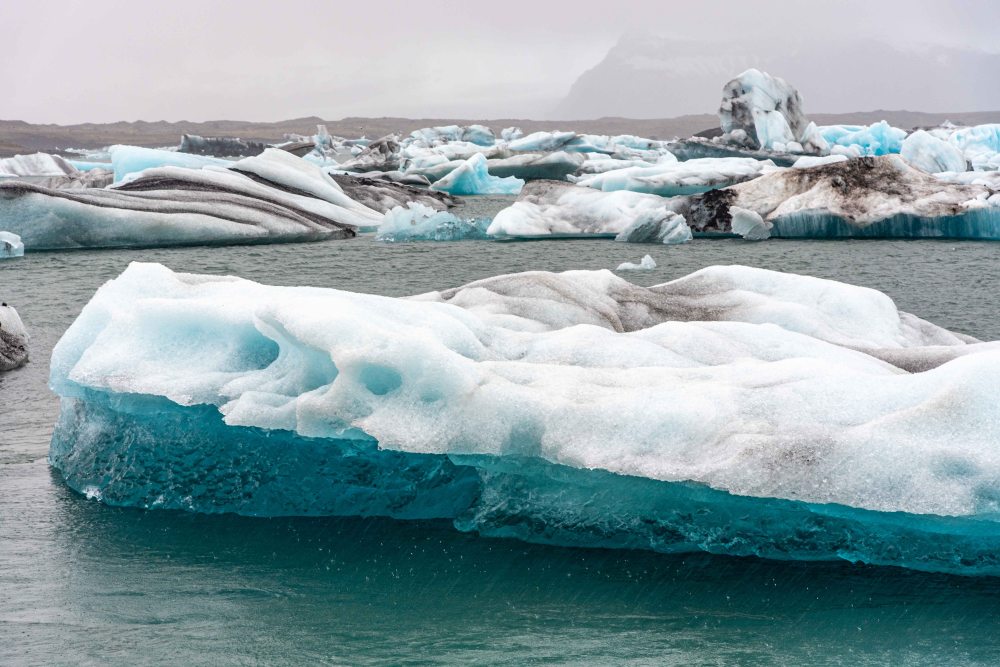
The icebergs in Jokulsarlon are composed of ice that is over 1,000 years old. Jokulsarlon glacier first started forming in 1934, when the Breidamerkurjokull glacier started retreating, leaving the lagoon in its path. This glacial lagoon has increased fourfold since the early 1970s.
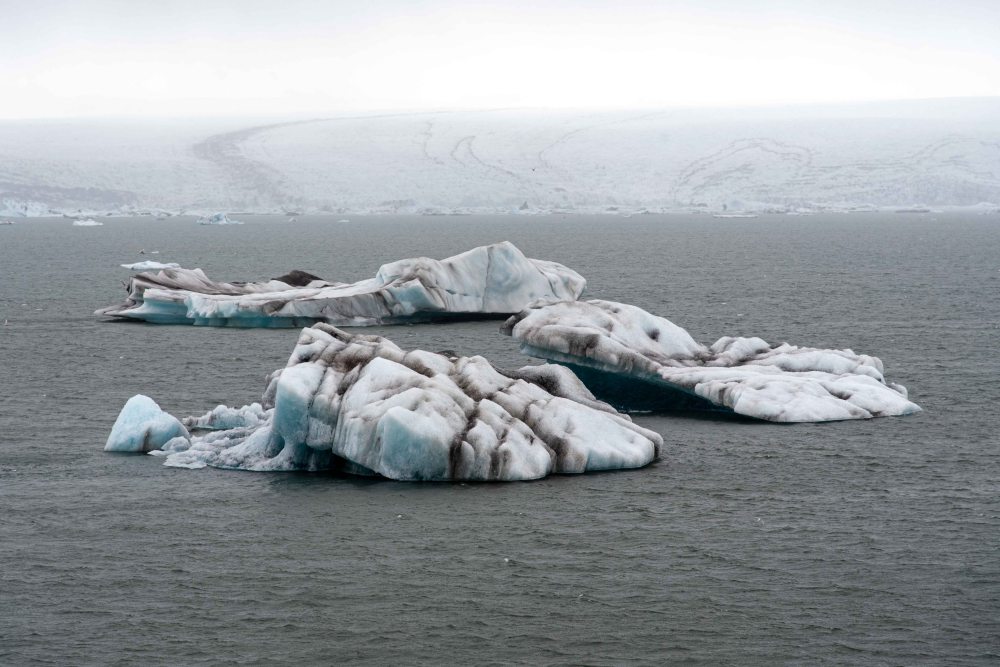
The James Bond films “Die Another Day” and “A View to a Kill” were filmed at the glacial lagoon. “Tomb Raider” was filmed there, too.
Both “Batman Begins,” and “Interstellar” were shot nearby at the Svinafellsjokull glacier inside Vatnajokull National Park.
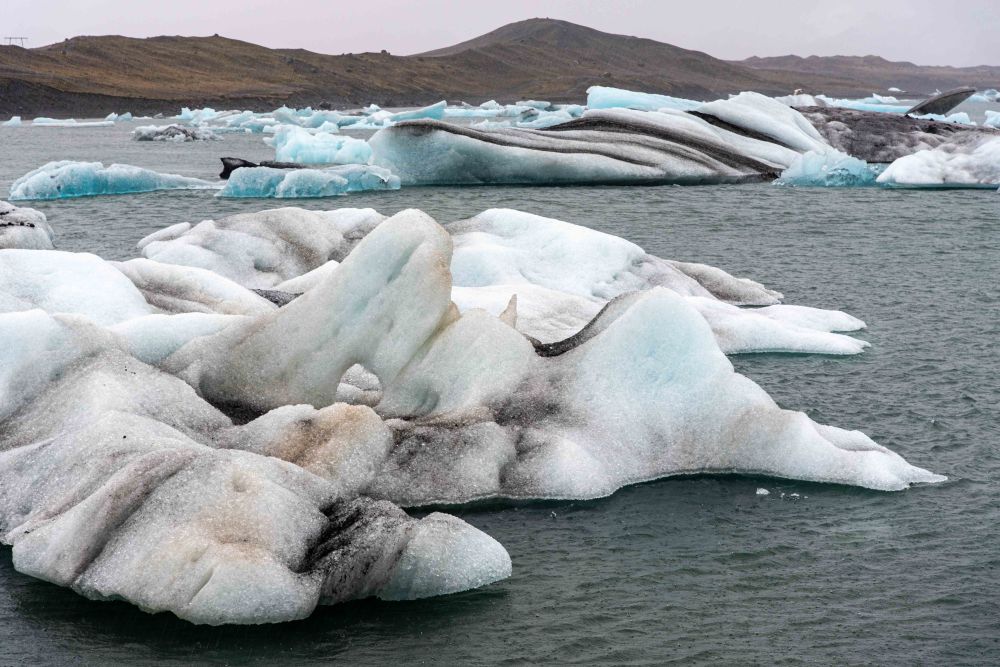
The next stop was the Vatnajokull Glacier. After a quick lunch, we headed out to explore! You will see a common theme of soup for lunch as options were limited and expensive. But some restaurants offered unlimited soup and in this weather that was perfect!

Vatnajokull glacier has a surface area of approximately 8,100 square kilometers (8% of Iceland landmass). Though it is rapidly shrinking due to climate change, its recession is not quite as advanced as other glaciers, such as Langjokull and Myrdalsjokull.
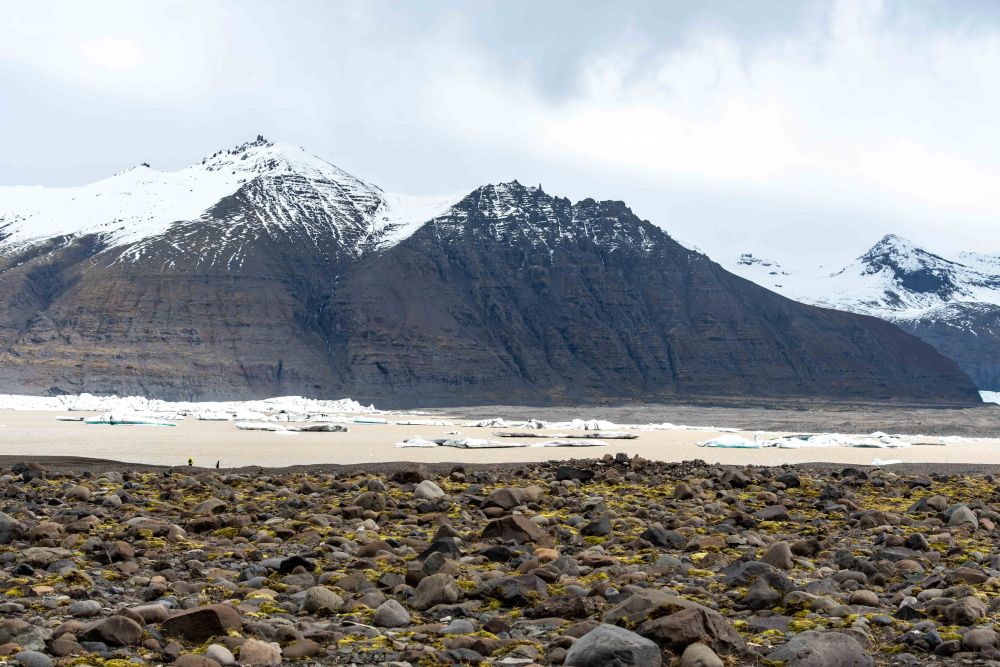
Vatnajokull also holds the tallest mountain in Iceland beneath its ice. Hvannadalshnjukur is 7,218 feet (2,200 meters) tall. It also conceals some of the most active volcanoes in the country, the most notable being Grimsvotn, Oraefajokull, and Bardarbunga.
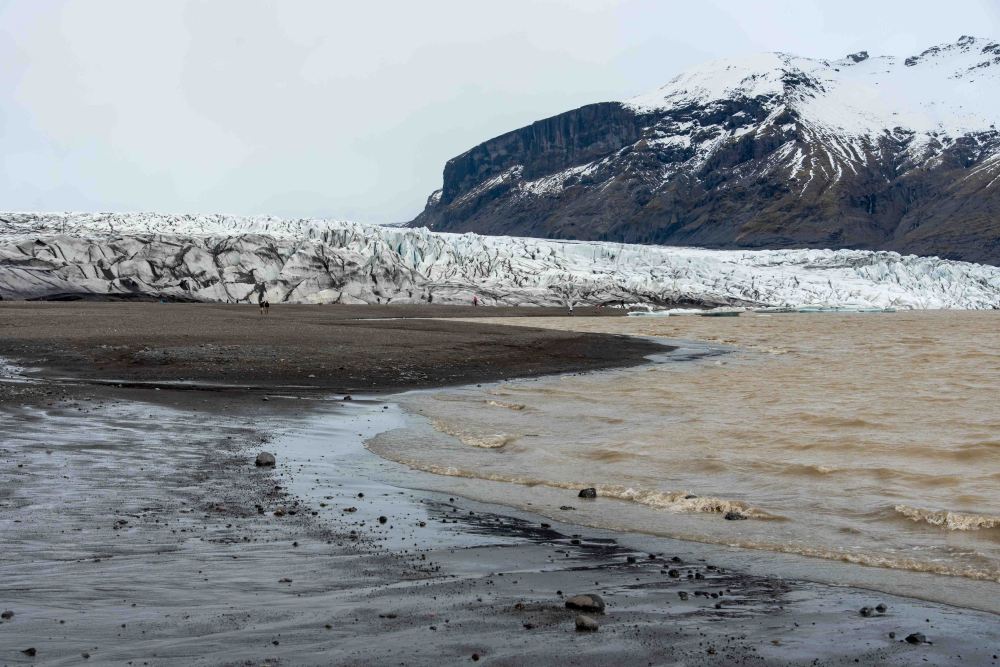
In parts, the glacier is over 3,000 feet (one kilometer), and its average thickness is around half of that. The glacier boasts over 30 outlet glaciers, which are channels of ice that flow out of ice caps but remain constrained on the sides of the valley.
To get a sense of scale, note that the tiny specks on the black sand are people.

We hiked a few miles until reaching the bottom of the glacier. We could not continue our hike to the other famous sights in this park due to lack of time.
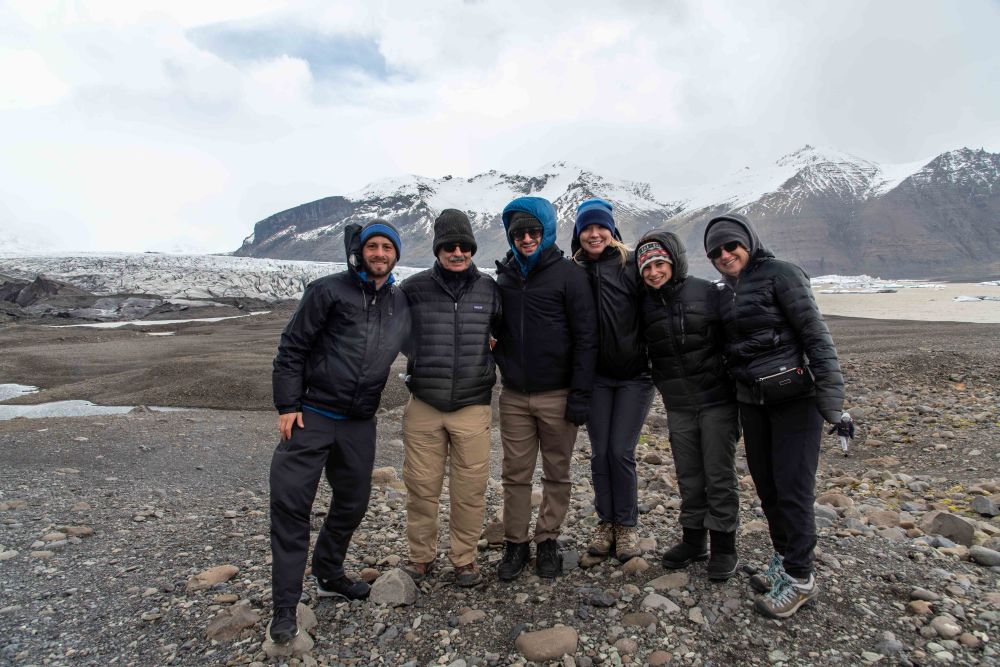
We finally arrived at the town of Hofn. The most significant fishing town on our route with only 2000 people. The weather changes very quickly in Iceland and suddenly it was sunny and reasonably comfortable.


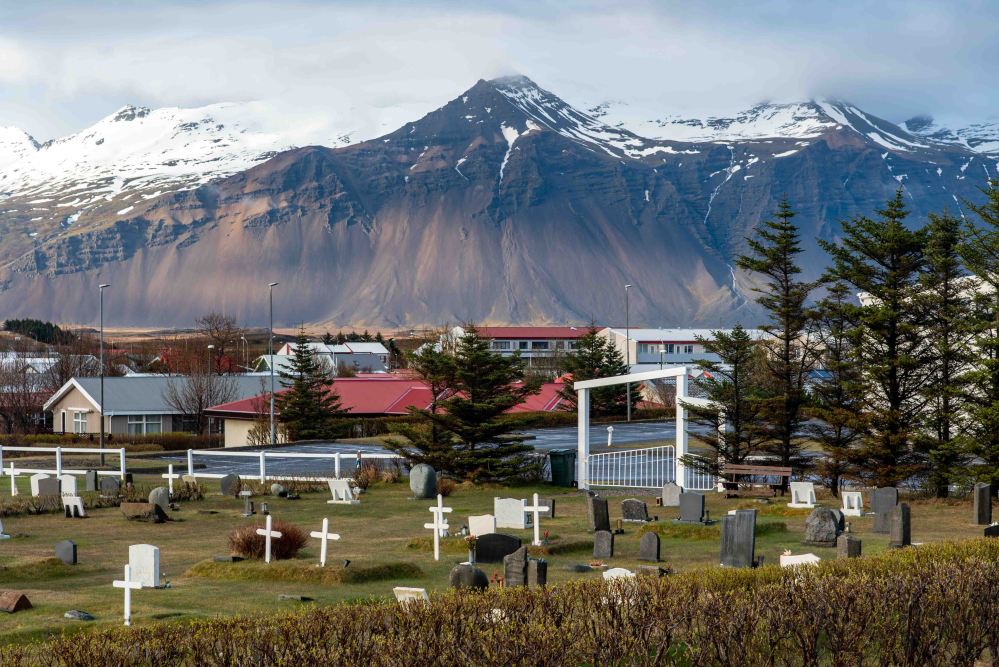
We checked into our hotel and went out for a nice dinner.

After dinner we walked around the beautiful town. The views were incredible.

Höfn is located on a peninsula in the southeast of Iceland. The name Höfn means harbour and it is a fishing port surrounded on three sides by the sea, with beaches on a long shoreline to the southeast.
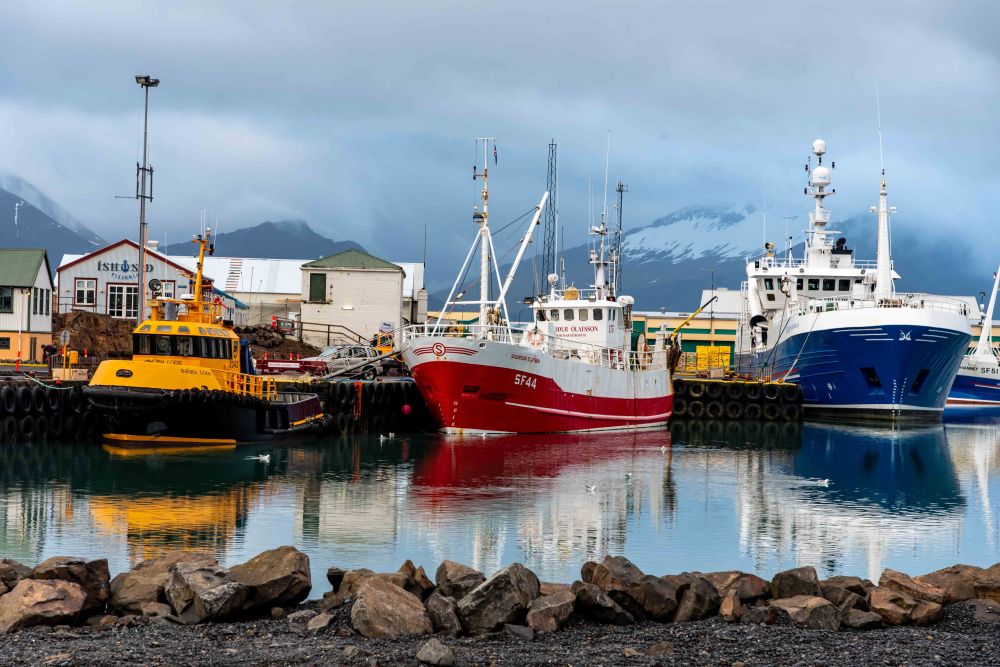

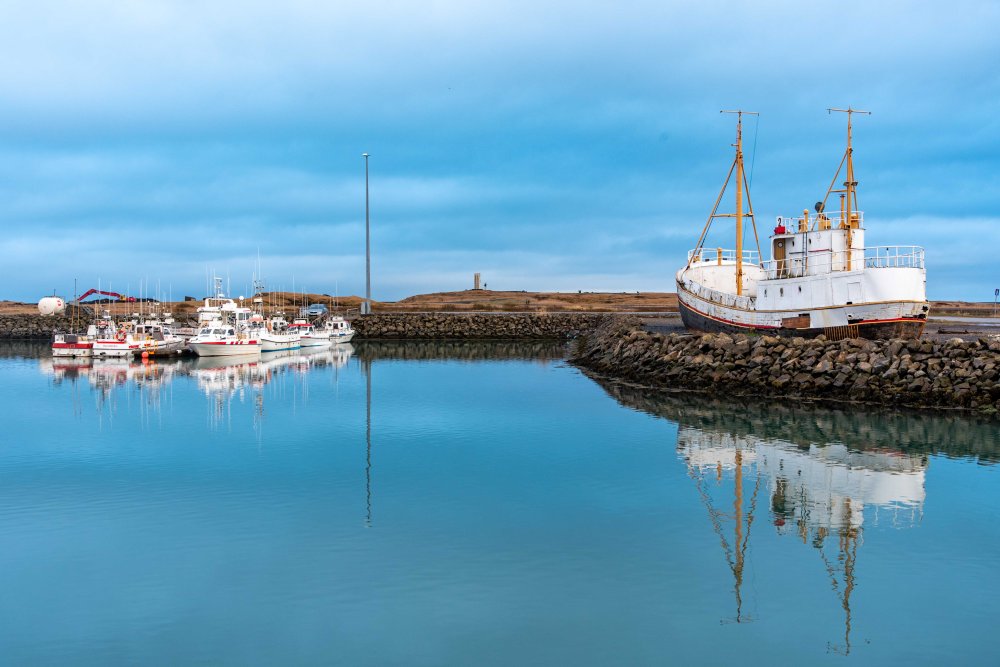
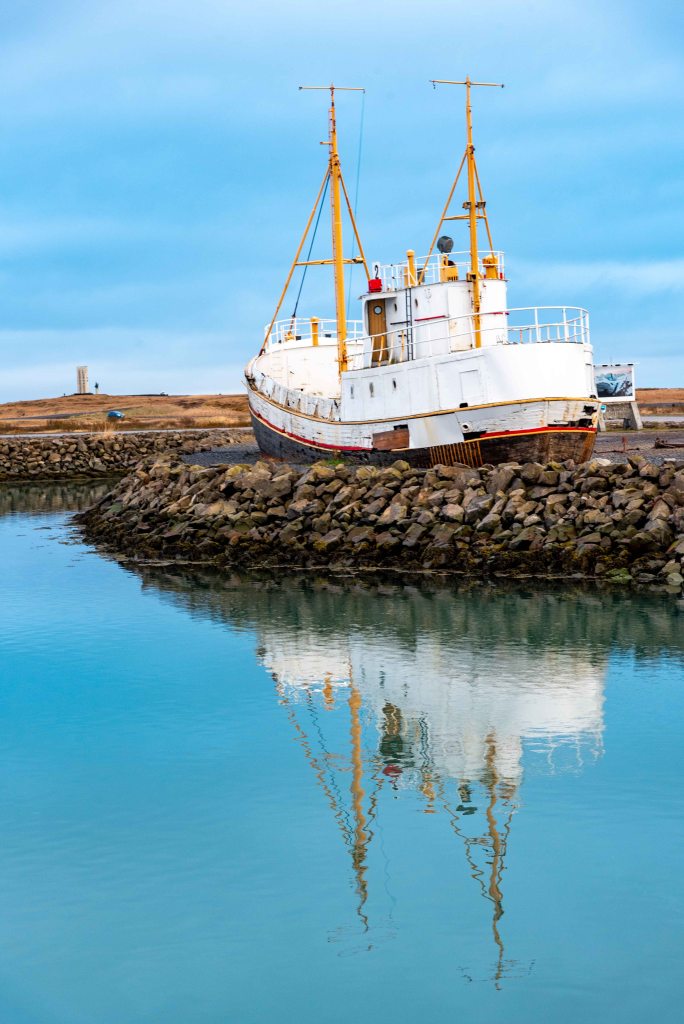

We got a couple of beers for the room, and went to bed, as we had an equally exciting day tomorrow as we adventure towards the town of Egilsstadir.
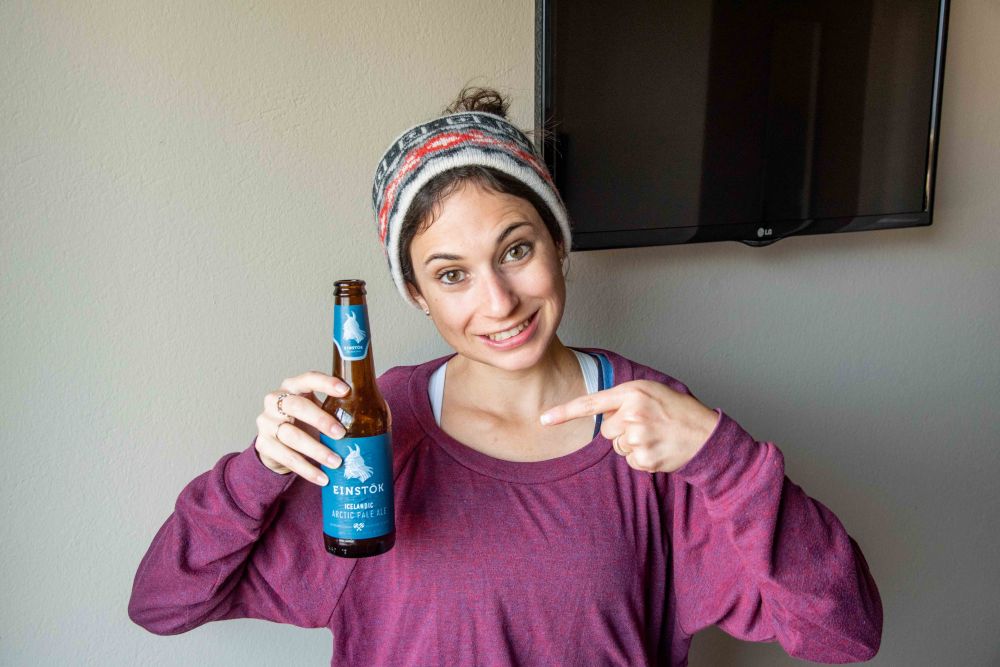
Bonus Pic of the Day:

Eyjafjallajökull Vatnajokull are prime illustration of the numerous Icelandic words that can twist your tongue. The Icelandic language is famously challenging to master, but fear not, as most locals also learn English as a second language. This makes it convenient for travelers to communicate and navigate their way around.
If you have a keen eye or some knowledge of languages, you might notice that Icelandic bears a striking resemblance to Old Norse, the language of the Vikings. In fact, many Icelanders can read this legendary language and comprehend the ancient texts written in it. Truly remarkable!
Here’s another interesting tidbit about Icelandic: there is an abundance of ways to describe the weather. It’s no secret that Iceland’s climate requires some preparation since it can swiftly change for better or worse within minutes.
And let’s not forget about the incredible wind! Icelandic actually boasts more than 100 words dedicated to discussing various types of wind. While we won’t delve into the entire list here, learning a few of them could certainly impress the locals…